
For the third summer in a row, Juneau has weathered the raw force of a glacial lake outburst flood and this year, the Mendenhall River surged higher than ever. Waters crested at 16.65 feet early on Wednesday morning, breaking last year’s “unprecedented” 15.99-foot crest. The flood, brought on by a massive release from Suicide Basin, is local weather no more it’s a snapshot of a changing climate in action and the resilience that comes with it.
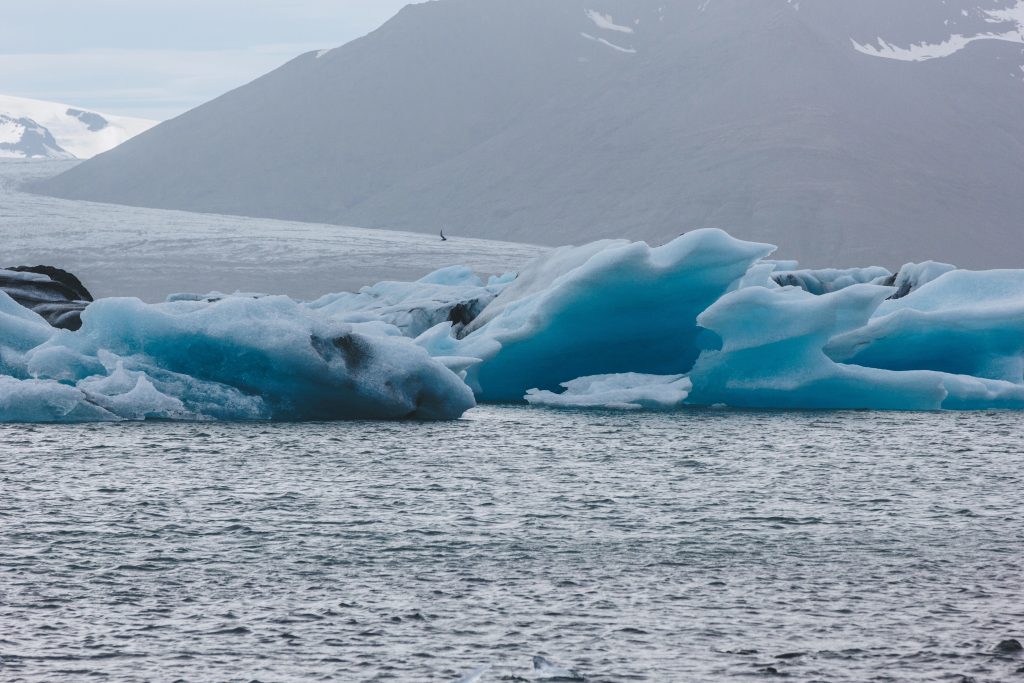
1. The Anatomy of Suicide Basin’s Outbursts
Suicide Basin sits atop Juneau, tucked back into the Mendenhall Glacier. What was once ice covering the ground is now a deep basin, filling every summer with rain, melting snow, and glacial runoff. When the water hits the “bathtub edge” of surrounding ice, it bursts through, spilling torrents into Mendenhall Lake and down the river. At least 39 drainage events have been reported by the National Weather Service since 2011, although the last three years have been the worst.
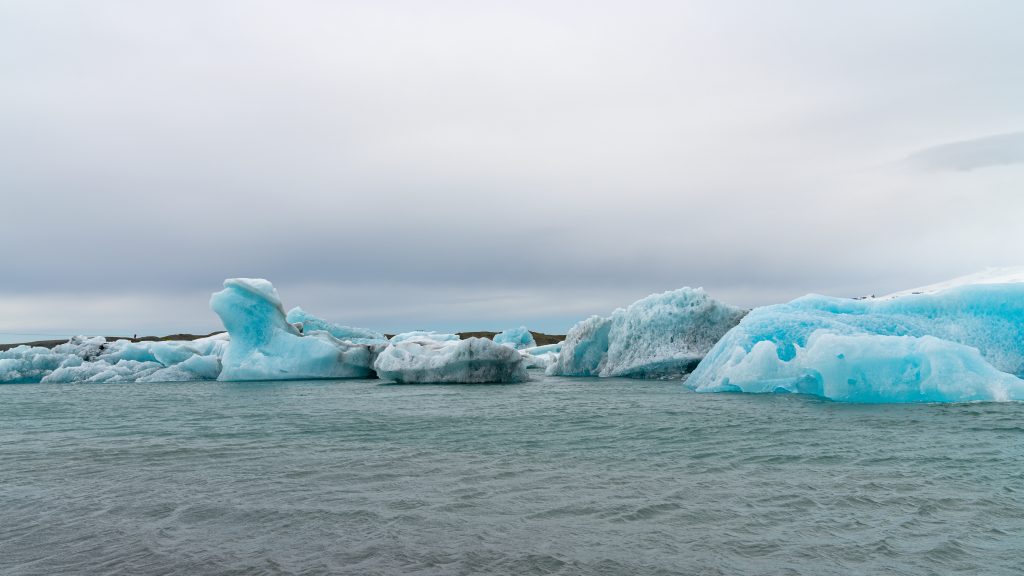
2. Climate Change’s Accelerating Hand
The Arctic and Alaska are warming at twice the global rate. Thawing temperatures have thinned the Mendenhall Glacier, filling with liquid water rather than ice and growing into larger, more unstable glacial lakes. Globally, glaciers lost 7,211 billion tons of ice between 2000 and 2023, with losses growing 36% in just two decades. Scientific study shows that 10 to 15 million people around the world are threatened by equivalent flooding.
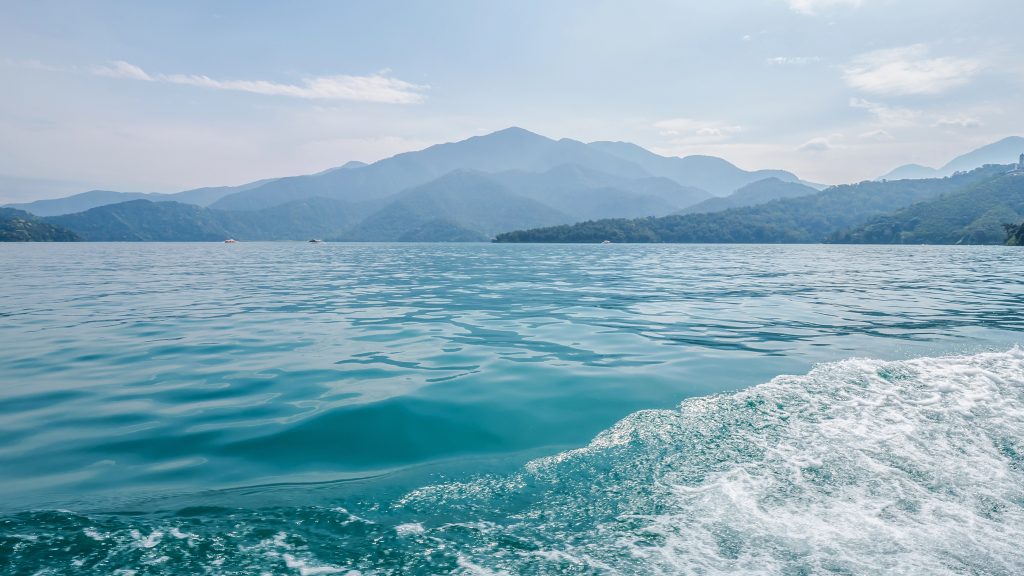
3. The Global Glacial Lake Trend
Across the Andes to the Himalayas, glacial lake outburst floods or GLOFs are growing in magnitude and frequency. In 2020, a study confirmed the number of glacial lakes, volume, and surface area increased by an approximate 50% between 1990 and 2018. In 2023, in the Sikkim Himalayas, a disaster of one such flood wiped out 30 bridges and took over 50 lives. They can dump walls of water at a speed of up to 60 mph, with added debris that destroys everything in its way.
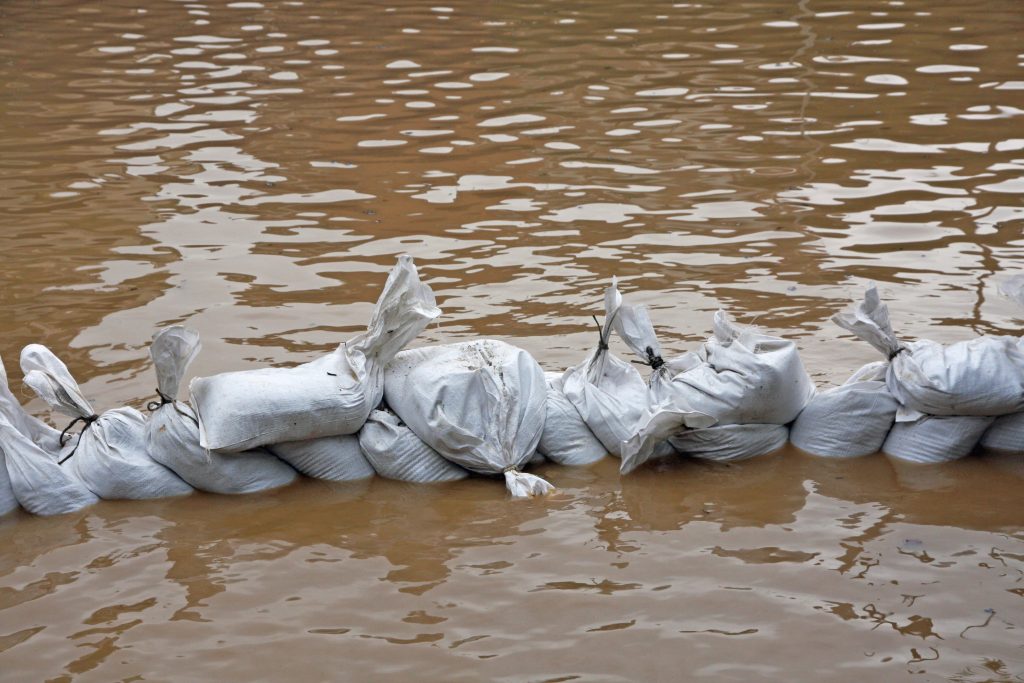
4. Juneau’s Flood Defense Playbook
When 2023’s flood destroyed as many as 300 homes, Juneau acted. The city deployed the aid of the U.S. Army Corps of Engineers to erect 37,800 feet of HESCO barriers sand-filled, modular walls designed to protect against floodwaters of up to 18 feet. Over 100,000 sandbags were utilized as well. “The HESCO barriers really have protected our community.” If it weren’t for them, we would have hundreds and hundreds of homes inundated, City Manager Katie Koester said. While a little water did seep in, the barriers held.
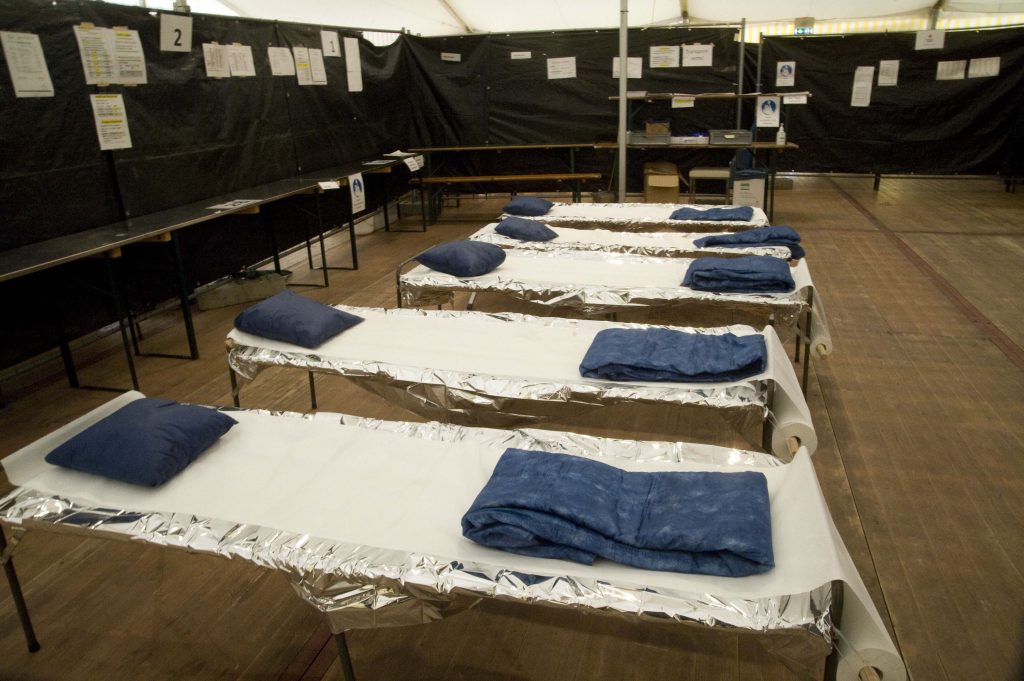
5. Early Action Saves Lives
Governor Mike Dunleavy issued a preemptive disaster earlier than the flood, allowing state resources to be on site in advance. Senator Lisa Murkowski advised residents, “This is going to become a life-threatening situation. If you are ordered to evacuate, leave what you are doing and move directly to an emergency shelter or another safe place.” Officials called for voluntary evacuations within the area of flooding, which includes about 1,000 residents and businesses.

6. The Science of Risk
GLOF risk is a mixture of hazard (probability and magnitude of event), exposure (people and infrastructure at risk), and vulnerability (a community’s ability to cope and recover). Global vulnerability has declined due to enhanced socioeconomic settings, while hazard and exposure are increasing. Within High Mountain Asia alone, there are 9.3 million residents living in proximity to risky glacial lakes within the Pacific Northwest region, there are around 800,000 people exposed.

7. Building Psychological Resilience
Cyclical natural disasters inevitably take a psychological toll, but the experts emphasize the power of preparedness. Drilling for neighborhoods, clearly marked evacuation routes, and up-to-the-minute data on water levels can alleviate fears. Juneau’s Special Suicide Basin monitoring camera and flood dashboard supply constant updates, which make residents feel in control and ready. Mental health professionals recommend adding to them with neighborhood support networks to strengthen community resilience as a whole.
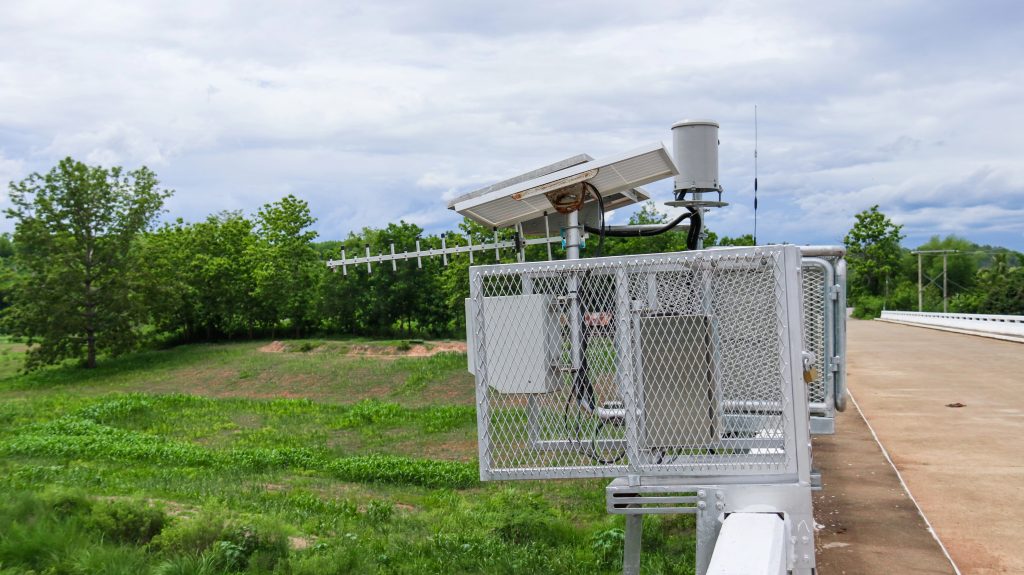
8. Innovation and Global Lessons
International lessons and solutions to reducing GLOF risk worldwide included reducing lake levels, solidifying natural dams, and zoning out development on floodplains. Mobile phone alert systems tied to real-time monitoring have been highly effective in some areas of the Himalayas. Juneau’s experiences learned with HESCO barriers and early proclamations could be followed by other at-risk populations.
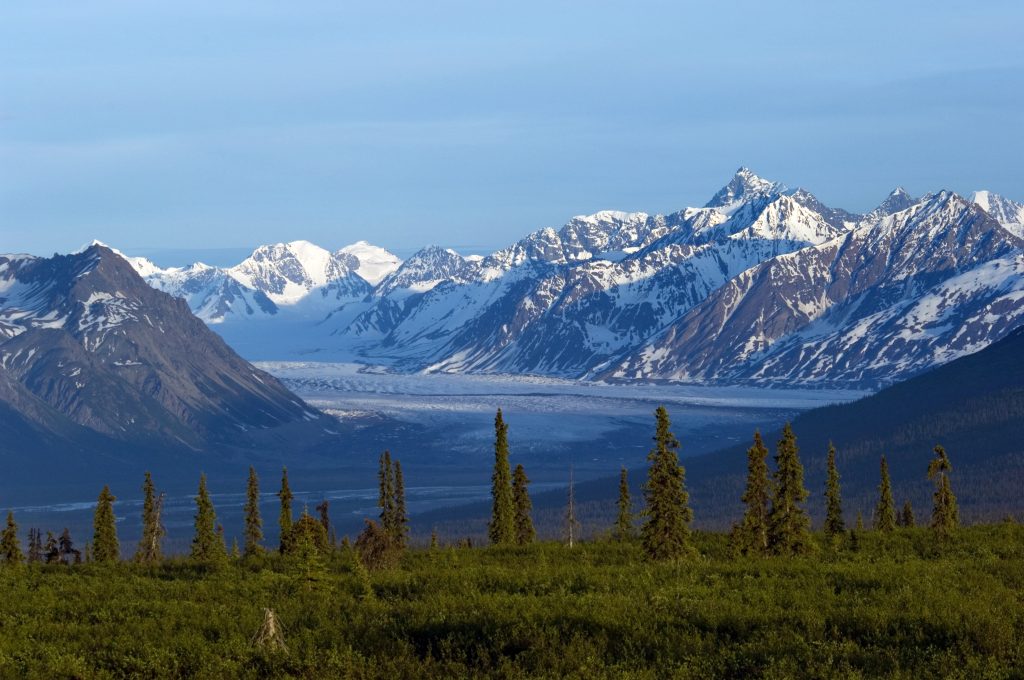
9. The Road Ahead
The U.N. has declared 2025 as the International Year of the Preservation of Glaciers, underlining the necessity to preserve cryospheric environments. As the glaciers recede further, new lakes will form, shifting risk to zones that so far evaded harm. This offers communities a special opportunity to prepare before the peak hazard through infrastructure, education, and policy emphasizing both security and mental well-being.
The Mendenhall River record crest is not a number it’s a warning. For Juneau, and for glacier-based communities everywhere, adapting to this new climate reality is no longer option it’s imperative.


